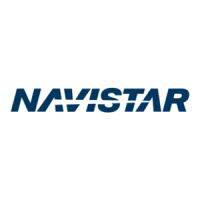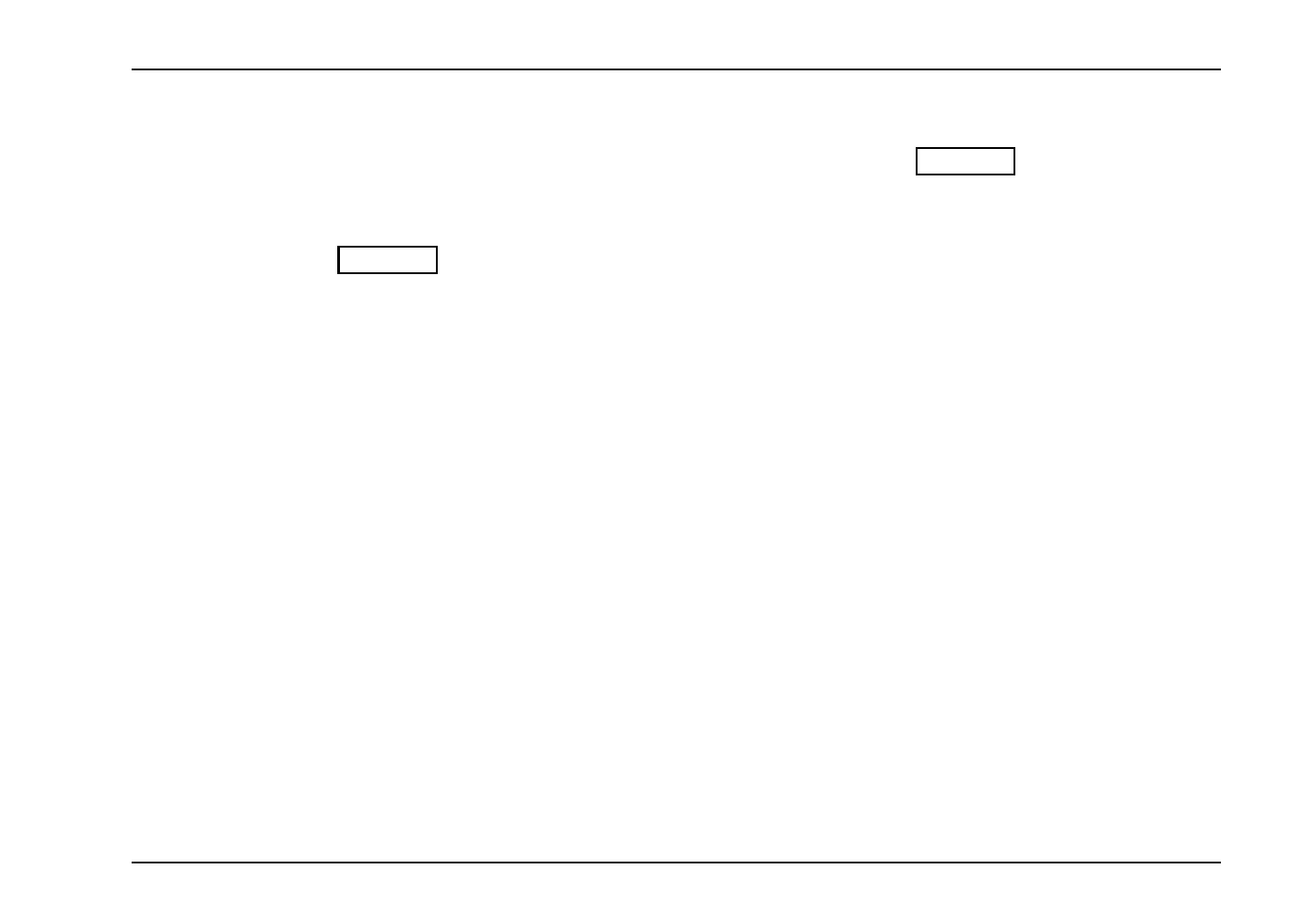Maintenance Intervals And Specifications
Lubrication and Fluids Charts
NOTE: The components requiring lubrication and fluid check
shown in this manual are typical representations.
Lubrication Notes
CAUTION
Unapproved lubricants can cause premature
component failure. Refer to the Lubricants and
Sealer Specification table for proper lubricants.
• Wipe clean all dirt and debris from grease fittings before
applying grease. If the fitting is not cleaned, dirt can be
pushed into the component with the grease. Always fill
grease to the point where old grease and contaminants
are forced out from the part and only new grease comes
out. If a fitting does not accept lubrication due to damage
or internal stoppage, replace with a new fitting. Remove
excess grease from fittings and other surfaces after applying
grease.
• Some vehicles may have optional remote mounted grease
zerks for the clutch cross-shafts. These fittings reduce
service time by providing convenient access to clutch
cross-shaft bushing grease zerks. Grease may be applied
through two remote mounted grease zerks mounted to the
bottom of the transmission bell housing.
Fluid Check and Fill Notes
CAUTION
Use only recommended viscosity engine oil.
Refer to the Engine Operation and Maintenance
Manual for engine oil specifications.
•Waitfive minutes after shutting off the engine before
checking the oil level. This gives the oil time to drain back
to the oil pan.
• Clean all caps and fill plugs prior to removal to prevent dirt
and debris from entering system.
• Filling the power steering fluid above the MAX COLD mark
when cold will result in fluid overflow when hot.
• If engine is cold and coolant is above the MIN/ADD line, no
additional coolant is needed. Excessive filling when cold can
cause tank to overflow when hot.
• When checking the axle hub fluid level, maintain fluid level
to fill line on hubcap.
• Check the rear axle(s) vent for blockage. Blockage can
cause excessive pressure in theaxleandcreateleaks.
3879634R1 211

